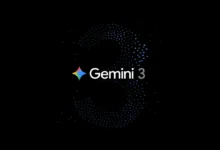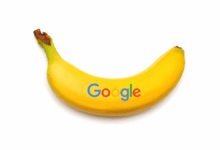
An annual celestial event is the latest topic of Monday’s Google doodle. The ongoing Perseid meteor shower has inspired a doodle that shows viewers shooting stars across an ever-changing sky ranging from a blue sky, to a pinkish sky and to a dark sky. Unlike some doodles made before, this one has a short video clip with pleasant music playing in the background that lasts for 30 seconds and the word google appears in constellations of the night sky
The sky takes various colours, while shooting stars are seen in the animated video clip. On the side, there are two options of sharing the doodle on various social media platforms and also a search engine, where once it’s clicked on it leads one on the developing stories about doodle on Google platform.
Drawing her inspiration from travel and time-lapse footage documenting meteor showers, doodler Sophie Diao, is behind this year’s google doodle to mark the Perseid Meteor Shower.
The Perseids are a spectacular meteor shower that happens every year in August. They are a prolific meteor shower associated with the comet Swift-Tuttle. The Perseids are so-called because the point from which they appear to come, called the radiant, lies in the constellation Perseus. The name derives in part from the word Perseids a term found in Greek mythology referring to the sons of Perseus. Belgian astronomer Adolphe Quetelet is credited with discovering this meteor shower in 1835. This celestial event can be seen from mid-July each year, primarily in the northern hemisphere. The Perseid meteor shower is at its most
The google doodle comes with more ambient, soothing quality compared to some of the quirkier doodles we’ve seen before.
In a Q&A posted on Google’s doodle archive Sophie Diao explained that she was inspired by long drives taken and trips to national parks, as well as by the subject matter –space!. “Most of my research involved watching actual time-lapse footage of previous meteor showers. In my reading, I learned that meteors appear to “radiate” from a central point but that you can see them all across the sky (Perseids appear to radiate from the constellation Perseus, from which they get their name). However, every once in a while, a meteoroid will become separated from the stream, and enter our atmosphere at a different angle. There are also other smaller meteor showers that happen at the same time at the Perseids. I tried to pay homage to these “loners” by throwing a few of them in the video you’ll see that they appear to come from other angles in the sky.”
She also explains that the music playing on the background was composed by Niko Leiva and the track was inspired by the mountains of Bolivia. ”I hope it inspires people to go out and see the meteor shower for themselves! But at the very least, be reminded that there’s a meteor shower going on right above us, and that the universe is amazing! “She concluded as she also thanked Engineer Corrie Scalisi for her work in launching this doodle!




